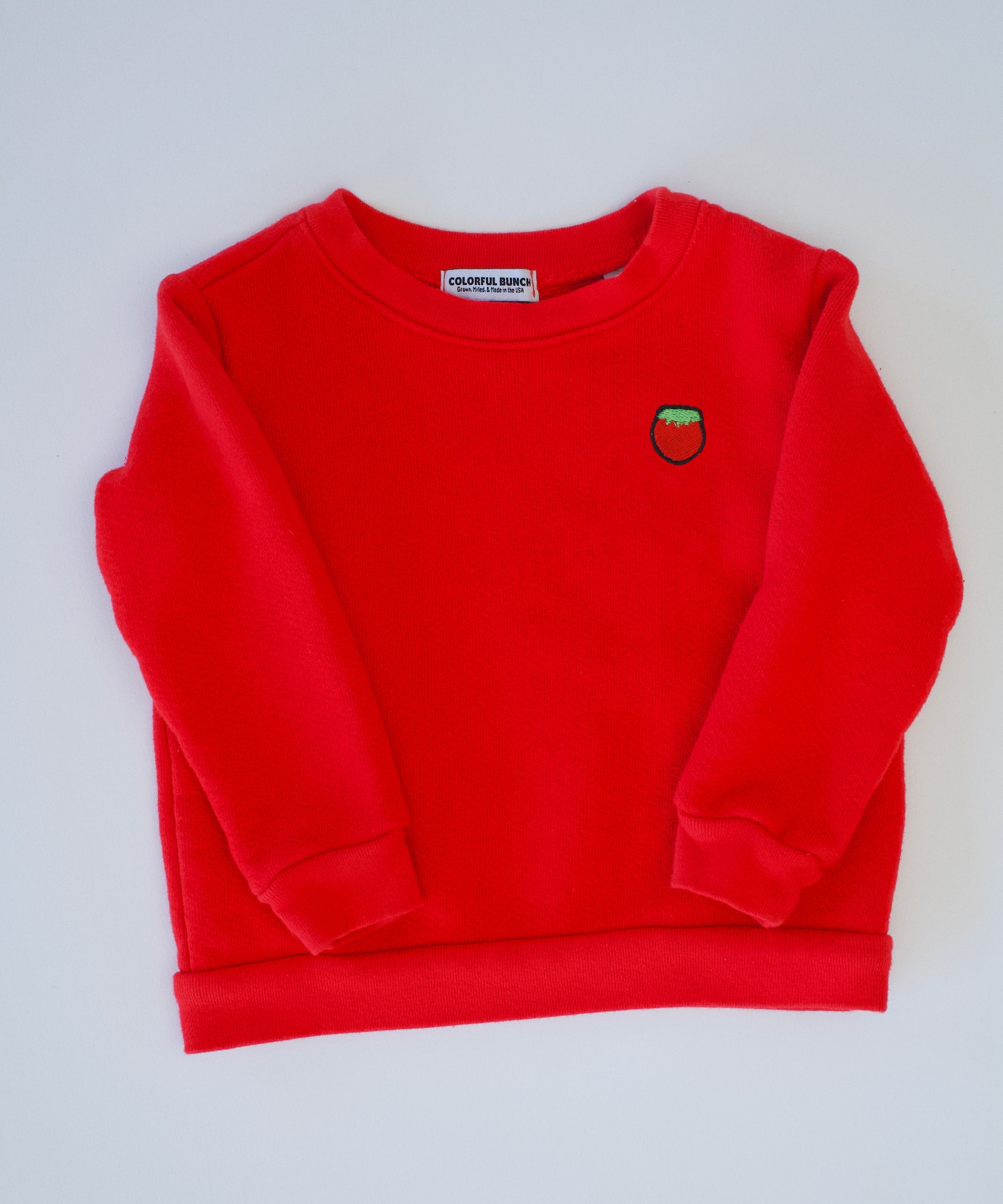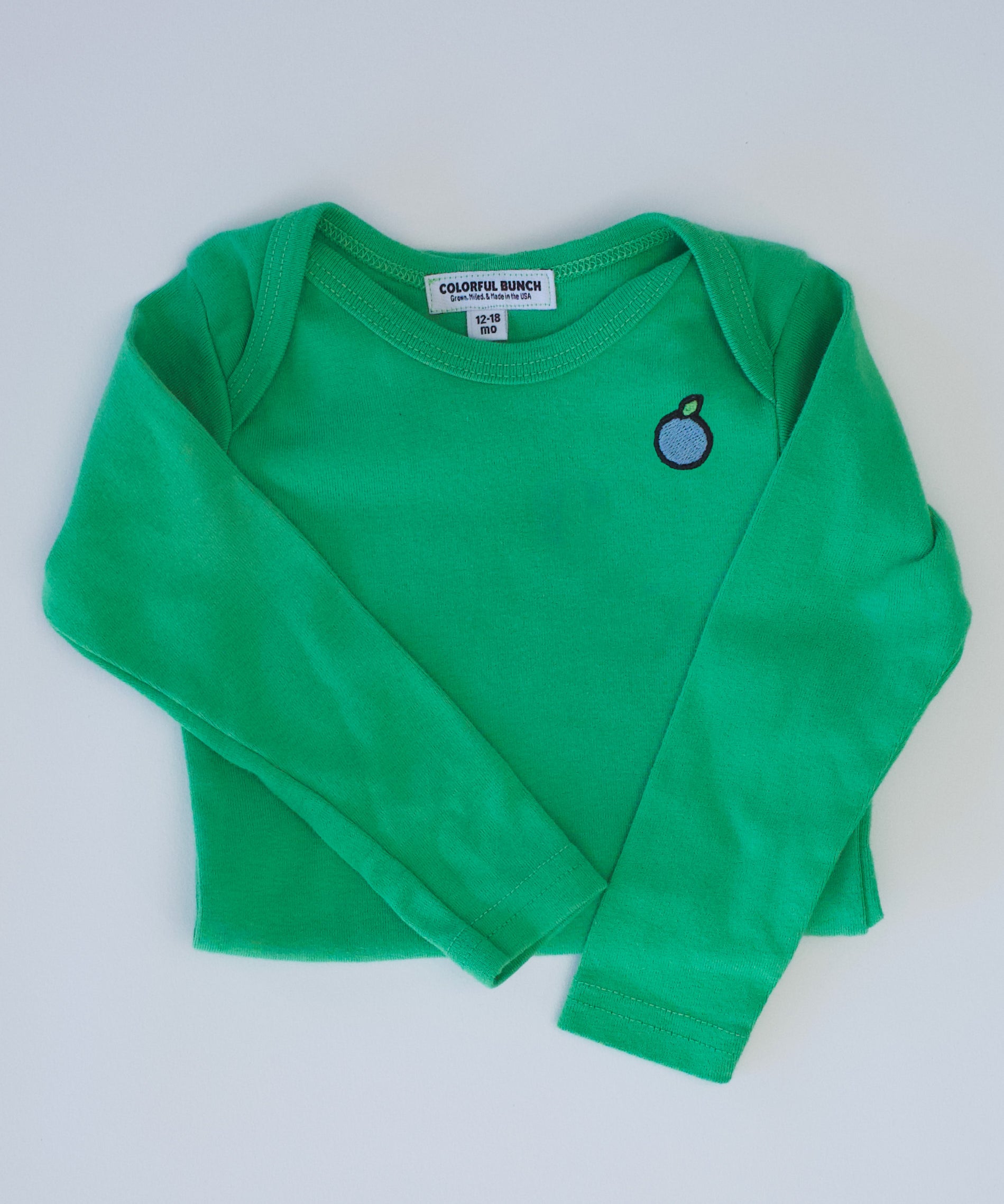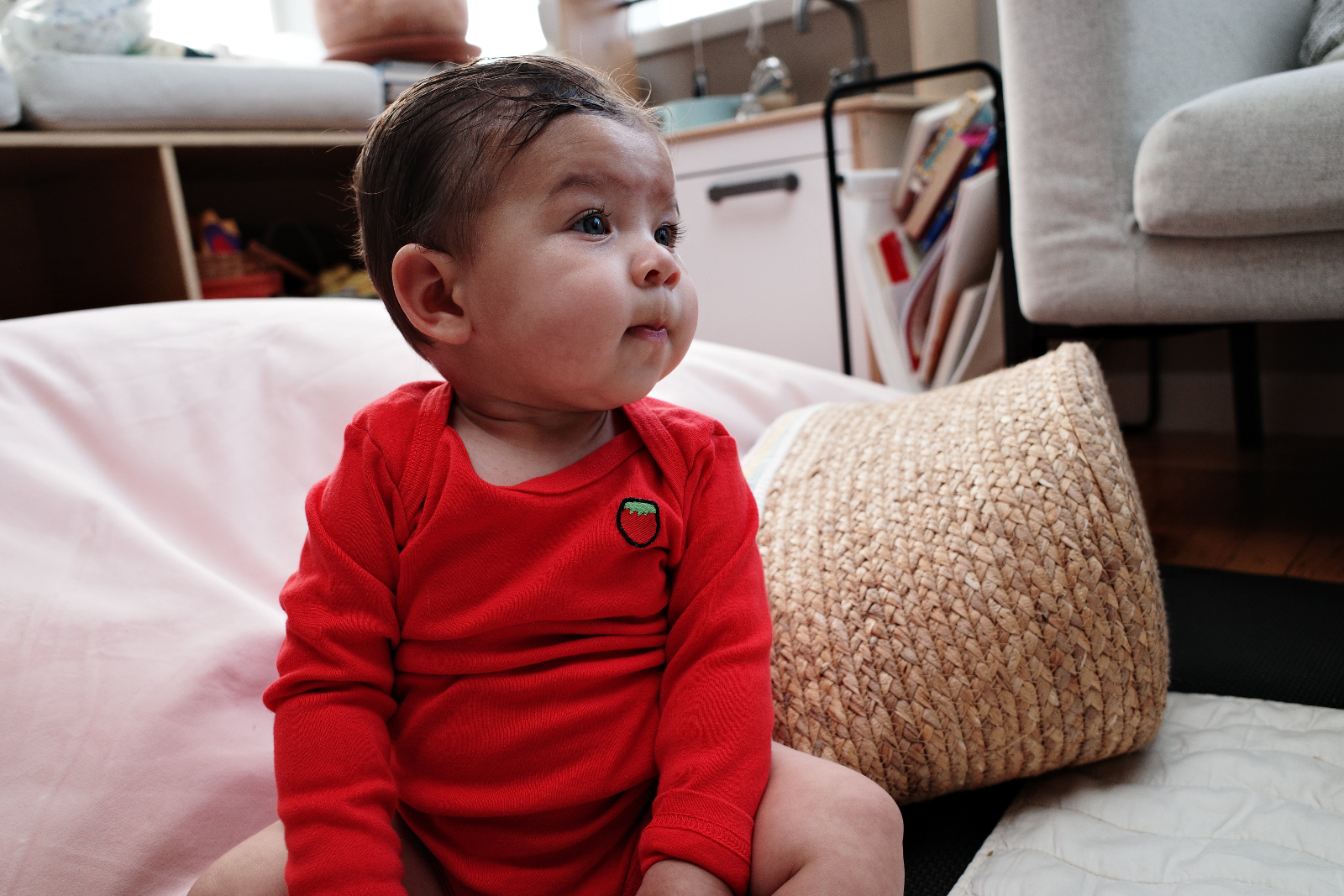Just a few decades ago, the majority of clothes worn by Americans were made in the U.S. In the 1950s and 1960s, nearly 95% of clothing sold in America was produced domestically. Today, that number has dropped to less than 3%. What happened?
The truth is, it wasn’t just one factor. Global trade agreements, the pursuit of higher profits, changes in consumer behavior, advances in transportation, and the rise of China as a manufacturing powerhouse all played a role in this shift. The invention of cargo ships and freight planes allowed goods to be moved around the world quickly and cheaply, making outsourcing more attractive to American companies. Suddenly, it was possible to produce clothes in faraway countries and still get them to U.S. consumers just as quickly as if they were made at home.
1. Global Trade Agreements and Outsourcing
The introduction of global trade agreements in the mid-20th century fundamentally changed the U.S. garment industry. The General Agreement on Tariffs and Trade (GATT), signed in 1947, aimed to reduce barriers to international trade, making it easier for companies to import goods from abroad. NAFTA, the North American Free Trade Agreement, which went into effect in 1994, further accelerated this shift by eliminating tariffs on goods traded between the U.S., Canada, and Mexico.
While these agreements helped reduce costs for businesses, they also led to a surge in outsourcing. American companies realized they could pay workers far less in countries like China, Bangladesh, and Mexico while still bringing goods into the U.S. without significant penalties.
A lot of brands say they produce “ethically” in these regions, but the truth is more complicated. Even in factories that claim to meet ethical standards, workers often live in conditions far below what would be considered fair in the U.S. The Fair Labor Association and other organizations have documented cases where workers in these countries earn wages that barely meet subsistence levels.
Beyond wages, other factors contribute to the inequity. Even when wages are legally deemed "fair," the standard of living in these regions is often so low that what is considered a living wage locally would still be far below the living standards of workers in the U.S. In many cases, workers are required or allowed to work far more hours than would be legally acceptable in the U.S., which can lead to extreme exhaustion and poor quality of life, even in so-called ethical factories.
2. The Drive for Higher Profits, Lower Costs, and China's Rise
In the 1970s and 1980s, a major shift occurred in how American companies approached clothing production. Large corporations, facing increasing pressure to grow profits and satisfy shareholders, began focusing more on cutting costs than on craftsmanship.
Corporate Restructuring: During this period, many American clothing companies restructured their business models. As companies became more publicly traded and profit-driven, CEOs were incentivized to reduce expenses wherever possible. This often meant moving away from quality-focused, domestically made goods toward cheaper, mass-produced items.
Outsourcing Begins: By the late 1970s, companies started outsourcing production to countries where labor was cheaper, initially focusing on nations like Mexico and South Korea. However, the rise of China as a global manufacturing powerhouse in the 1980s and 1990s had the most significant impact.
China’s ascent was fueled by several key factors:
- Economic Reforms: In the late 1970s, China implemented sweeping economic reforms under Deng Xiaoping, opening its economy to global markets and attracting foreign investment.
- Low Labor Costs: China’s vast labor force and low wages made it an attractive destination for American companies looking to reduce production costs. By the 1990s, China had become the world’s largest producer of textiles and garments.
- Infrastructure: China rapidly built up its infrastructure to support large-scale manufacturing, including ports, highways, and shipping facilities, making it easier and cheaper to transport goods globally.
As China’s dominance grew, American companies increasingly outsourced their production there, causing widespread closures in the U.S. garment industry.
3. Advances in Transportation Made Outsourcing Possible
One of the key enablers of this global outsourcing was the advancement of transportation technologies in the 20th century. The development of cargo ships and freight planes allowed goods to be moved around the world quickly, efficiently, and cheaply. This shift in transportation made outsourcing production to distant countries a viable option for American companies.
- Cargo Ships: The rise of large container ships in the 1960s and 1970s revolutionized global trade. These massive vessels could transport huge quantities of goods at a fraction of the cost of earlier methods, making it cost-effective to produce goods overseas and ship them back to the U.S.
- Freight Planes: Advances in air transportation also played a role. By the 1980s, air freight became a common option for high-value goods that needed to reach markets quickly. Although more expensive than shipping by sea, it allowed companies to speed up the delivery of their products from overseas factories to U.S. stores.
These innovations enabled the fast-paced, globalized supply chains that we see today. With cheaper and faster transportation, it became feasible for companies to move production to the cheapest labor markets, knowing they could still get their products to consumers on time.
4. The Rise of Fast Fashion and Its Consequences
Fast fashion emerged in the 1990s and early 2000s, building on the trends of outsourcing and cost-cutting that had begun in the previous decades. Brands like Zara and H&M pioneered a new model of clothing production, designed to get trendy, affordable clothes into stores as quickly as possible.
- Speed Over Craftsmanship: Fast fashion depends on producing clothing rapidly, often at the expense of quality. Unlike the craftsmanship-focused clothing companies of the mid-20th century, fast fashion brands prioritize speed and low costs. This model allowed brands to turn over new collections in just a matter of weeks, flooding stores with new styles constantly.
- Exploitation and Copyright Issues: While fast fashion made clothing more accessible, it also led to widespread issues like exploitation of workers in developing countries and copyright infringement. Many of the leading fast fashion brands have faced lawsuits for copying designs from smaller, independent designers.
- Environmental Impact: Fast fashion’s focus on rapid production and low costs also comes at a significant environmental cost. The rise of disposable clothing, designed to be worn a few times and discarded, has contributed to massive amounts of waste and pollution.
The Truth About “Made in America”
The label “Made in America” can be misleading. Many brands only perform the final assembly of their products in the U.S., while the fabrics and raw materials come from abroad. At Colorful Bunch, we’re committed to doing things differently. We use only American-grown and made materials, from the Texas Organic Cotton Growers Co-op to the sewing and dyeing that happens in California.
True End-to-End Production
We produce everything here, ensuring that our clothes are made with care and integrity. This allows us to control the quality of our products and support American workers.
Why We Keep It Local: Our Commitment to Ethical Production
At Colorful Bunch, we believe in doing things differently. While most companies have moved production overseas to maximize profits, we’ve chosen to keep our supply chain in the U.S. Here’s why:
- Quality: Producing locally lets us maintain a higher standard of craftsmanship. We know the people behind every step of the process, and we take pride in the relationships we’ve built.
- Ethical Labor: We believe in fair wages and safe working conditions. By producing in the U.S., we ensure that our workers are treated fairly and paid a living wage, something that isn’t always guaranteed in overseas factories.
- Sustainability: Local production helps reduce our carbon footprint. By working with American farms and factories, we cut down on the emissions generated by long-distance shipping.
The Future of American-Made Clothing
While most clothing today is made overseas, there’s a growing demand for ethically made, sustainable fashion. At Colorful Bunch, we believe that the future of fashion is local. By choosing to keep our supply chain in the U.S., we’re investing in a future where clothes are made with integrity and care.
Most clothing isn’t made in America anymore because it’s cheaper to produce overseas. But at Colorful Bunch, we’ve made a different choice. We believe in supporting local jobs, reducing our environmental impact, and making clothes that you can feel good about. Our true end-to-end American-made process is our way of bringing quality and kindness back into the world of fashion.








Leave a comment